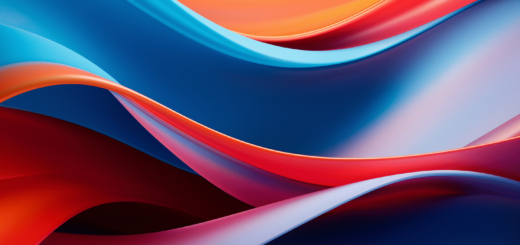The Impact of AI on Image Enhancement: Creative Techniques and Innovative Tools
In the realm of professional and amateur photography, the advent of AI has transformed the way images are enhanced and edited to produce higher quality results. This development is critical, as image enhancement is often the final step in the photographic process, generating the desired visual impact for the viewer. This article delves into the creative techniques and innovative tools that utilize AI in image enhancement, bringing about an improved photographic output.
Table of Contents
- The Impact of AI on Image Enhancement
- Creative Techniques Enabled by AI
- Innovative AI-Based Image Enhancement Tools
- Challenges and Limitations of AI in Image Enhancement
- Future Outlook: AI in Photography
The Impact of AI on Image Enhancement
Image enhancement encompasses a wide range of techniques, from basic adjustments in contrast, sharpness, and saturation, to more complex processes such as noise reduction and resolution upscaling. The implementation of AI in image enhancement workflows allows photographers and editors to save time and effort by automating many of these tasks.
Traditional image enhancement methods, like manual masking and selection, are time-consuming and can yield inconsistent results – particularly when dealing with complex subjects or visually challenging scenarios. AI-based algorithms, on the other hand, offer a more reliable and efficient means of enhancing images, while often requiring less intervention from the user.
Creative Techniques Enabled by AI
AI technology has given rise to various techniques that are increasingly used in image enhancement to produce visually stunning images. Here are some of those creative techniques:
1. Noise Reduction
Digital noise is a common and unwanted byproduct of both high ISO photography and low-light shooting conditions. AI-driven noise reduction software, such as Topaz Denoise AI and Skylum Luminar, employs deep learning algorithms to eliminate image noise while maintaining fine details, thus resulting in clean and sharp images.
2. Resolution Upscaling
Increasing an image’s resolution while maintaining its quality can be a challenging task. AI-based resolution upscaling tools, like Topaz Gigapixel AI and Adobe Photoshop’s Super Resolution, analyze the original image and intelligently add new pixels, ensuring crisp and clear upscaling.
3. Color Correction
AI technology can also assist in optimizing an image’s color balance and tonal qualities. Tools like Adobe Lightroom’s Auto Tone feature utilize machine learning to analyze thousands of professionally edited images, generating an ideal adjustment profile for aspects such as exposure, contrast, and color balance.
4. Improving Dynamic Range
AI-based image enhancement tools like Aurora HDR and Skylum Luminar employ machine learning algorithms to optimally merge multiple exposures, producing high dynamic range images that reveal details in both highlights and shadows that would otherwise be lost in a single exposure.
Innovative AI-Based Image Enhancement Tools
Many AI-based image enhancement tools are available on the market today, catering to various post-processing needs. Some popular and innovative tools include:
- Adobe Photoshop and Lightroom: Adobe’s popular editing software suite incorporates AI-powered features like Select Subject and Super Resolution.
- Topaz Labs: Topaz Labs offer several AI-based tools, including Gigapixel AI for upscaling and Denoise AI for noise reduction.
- Skylum Luminar: This editing software boasts a variety of AI-driven tools, such as AI Sky Replacement and AI Structure.
- ON1 Photo RAW: ON1’s software suite contains AI-driven features like AI Match and AI Auto to streamline image enhancement workflows.
Challenges and Limitations of AI in Image Enhancement
While AI has greatly improved certain aspects of image enhancement, it is not without its challenges and limitations:
- Overediting: AI-driven tools can sometimes generate overprocessed and unnatural-looking images, particularly when inexperienced users push the algorithms to their limits.
- Loss of artistic control: The automation provided by AI can limit the degree of creative input by photographers and editors, potentially reducing the uniqueness of their images.
- Computational power: AI algorithms can be resource-intensive, and may require specialized hardware, like GPUs or advanced processors, to function efficiently.
Future Outlook: AI in Photography
AI continues to develop and is expected to revolutionize the world of photography in the coming years. As hardware and software solutions improve, AI-based image enhancement tools are likely to become more accessible across devices, empowering photographers and editors to create increasingly refined images. Furthermore, deep learning and AI research will continue to reveal novel techniques and applications, shaping the future of photography and image enhancement in exciting and unforeseeable ways.


